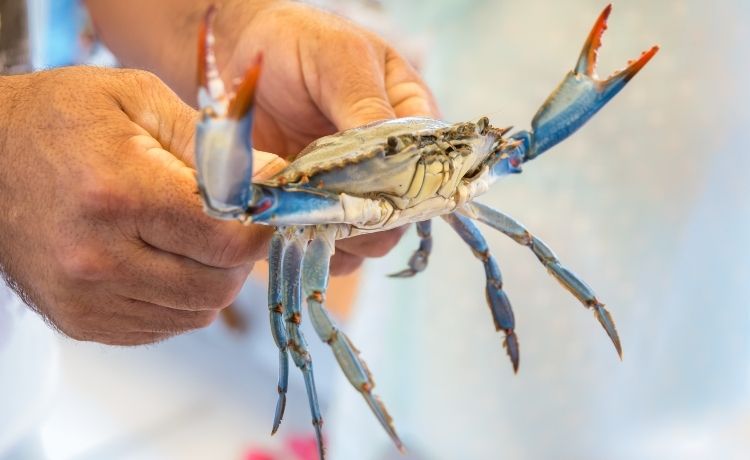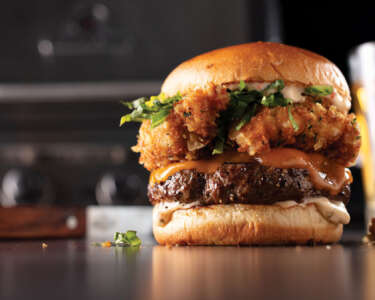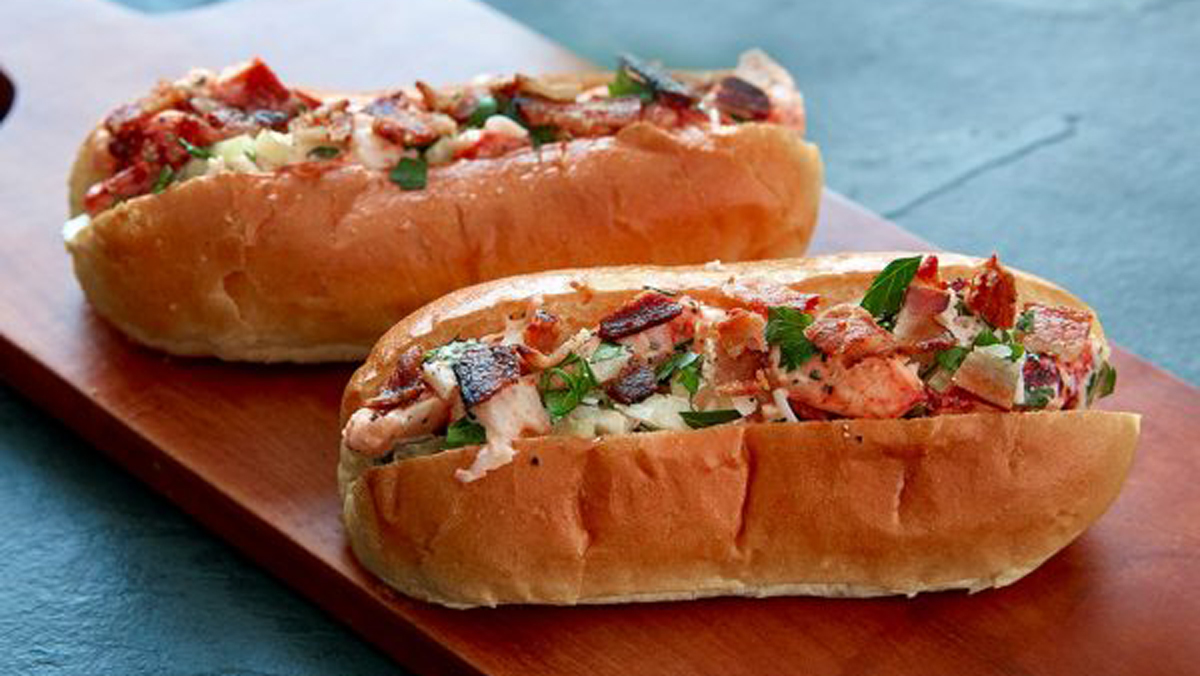Fishing enthusiasts can’t live on large-mouth bass alone. As summer melts into autumn, it’s a good chance to shake things up and switch to shellfish instead. Put away your rod and reel and prep instead for the top types of shellfish to catch in Florida during the fall.
Crab
You can catch blue crabs year-round, but you’ll have better luck in the warmer months. So gear up for stone crab season, which begins October 15 and runs through May 1, and head toward the southernmost part of the state. Adventurous recreational crabbers use scuba or snorkel gear to look for holes in rocks and reefs with broken shells outside them; they’re likely stone crab burrows. You can use a piece of coat hanger to gently encourage them to come out, when you can grab them. Wear thick gloves, because when stone crabs pinch you, they feel like pliers. Just remove one claw so that the crab can regrow it within a year while using the other claw to defend itself. You can take home a one-gallon bucketful per day, or two per boat, whichever is less.
Spiny Lobster
When it comes to Florida crustaceans, spiny lobster is the star. There’s more than one way to catch them, but the best place to find them is in the Keys on the Gulf side. During the day, you snorkel and scuba dive with small nets, using a “tickle” stick to prompt them to leave their hiding spots. But if you’d rather stay dry, you’ll definitely prefer bully-netting at night instead. The lobsters head to shallow waters at night to find food, so you can wait for them with a shallow drafting boat, some light, and a bully net.
Pink Shrimp
These are the largest, most common shrimp to catch in Florida, and they’re worth the effort. Pink shrimp are one of the top types of shellfish to catch in Florida in fall because they taste amazing: tender and sweet, without the ammonia flavor you can get with brown and white shrimp. Catching them is a lot of fun—no tickle stick is involved, but you do get to attract the shrimp by dropping a weighted light into the water and then scooping them up with a net. Shrimping at night is easier—the shrimp are on the move, swimming to shallower water. Pay attention to the changing tides, because shrimping is much more fruitful during outgoing tides, which pull the shrimp out of their hiding places.














 Deering Estate
Deering Estate
 Massage Envy South Miami
Massage Envy South Miami
 Calla Blow Dry
Calla Blow Dry
 My Derma Clinic
My Derma Clinic
 Sushi Maki
Sushi Maki
 Sports Grill
Sports Grill
 The Healthy Kitchen
The Healthy Kitchen
 Golden Rule Seafood
Golden Rule Seafood
 Malanga Cuban Café
Malanga Cuban Café

 Kathleen Ballard
Kathleen Ballard
 Panter, Panter & Sampedro
Panter, Panter & Sampedro
 Vintage Liquors
Vintage Liquors
 The Dog from Ipanema
The Dog from Ipanema
 Rubinstein Family Chiropractic
Rubinstein Family Chiropractic
 Your Pet’s Best
Your Pet’s Best
 Indigo Republic
Indigo Republic




 ATR Luxury Homes
ATR Luxury Homes


 2112 Design Studio
2112 Design Studio
 Hamilton Fox & Company
Hamilton Fox & Company
 Creative Design Services
Creative Design Services
 Best Pest Professionals
Best Pest Professionals
 HD Tree Services
HD Tree Services
 Trinity Air Conditioning Company
Trinity Air Conditioning Company
 Cisca Construction & Development
Cisca Construction & Development
 Mosquito Joe
Mosquito Joe
 Cutler Bay Solar Solutions
Cutler Bay Solar Solutions


 Miami Royal Ballet & Dance
Miami Royal Ballet & Dance
 Christopher Columbus
Christopher Columbus
 Pineview Preschools
Pineview Preschools
 Westminster
Westminster
 Carrollton
Carrollton
 Lil’ Jungle
Lil’ Jungle
 Frost Science Museum
Frost Science Museum
 Palmer Trinity School
Palmer Trinity School
 South Florida Music
South Florida Music
 Pinecrest Orthodontics
Pinecrest Orthodontics
 Dr. Bob Pediatric Dentist
Dr. Bob Pediatric Dentist
 d.pediatrics
d.pediatrics
 South Miami Women’s Health
South Miami Women’s Health

 The Spot Barbershop
The Spot Barbershop
 My Derma Clinic
My Derma Clinic




 Miami Dance Project
Miami Dance Project

 Rubinstein Family Chiropractic
Rubinstein Family Chiropractic
 Indigo Republic
Indigo Republic

 Safes Universe
Safes Universe
 Vintage Liquors
Vintage Liquors
 Evenings Delight
Evenings Delight





 Atchana’s Homegrown Thai
Atchana’s Homegrown Thai
 Baptist Health South Florida
Baptist Health South Florida

 Laser Eye Center of Miami
Laser Eye Center of Miami
 Visiting Angels
Visiting Angels
 OpusCare of South Florida
OpusCare of South Florida

 Your Pet’s Best
Your Pet’s Best





 HD Tree Services
HD Tree Services
 Hamilton Fox & Company
Hamilton Fox & Company


 Creative Design Services
Creative Design Services